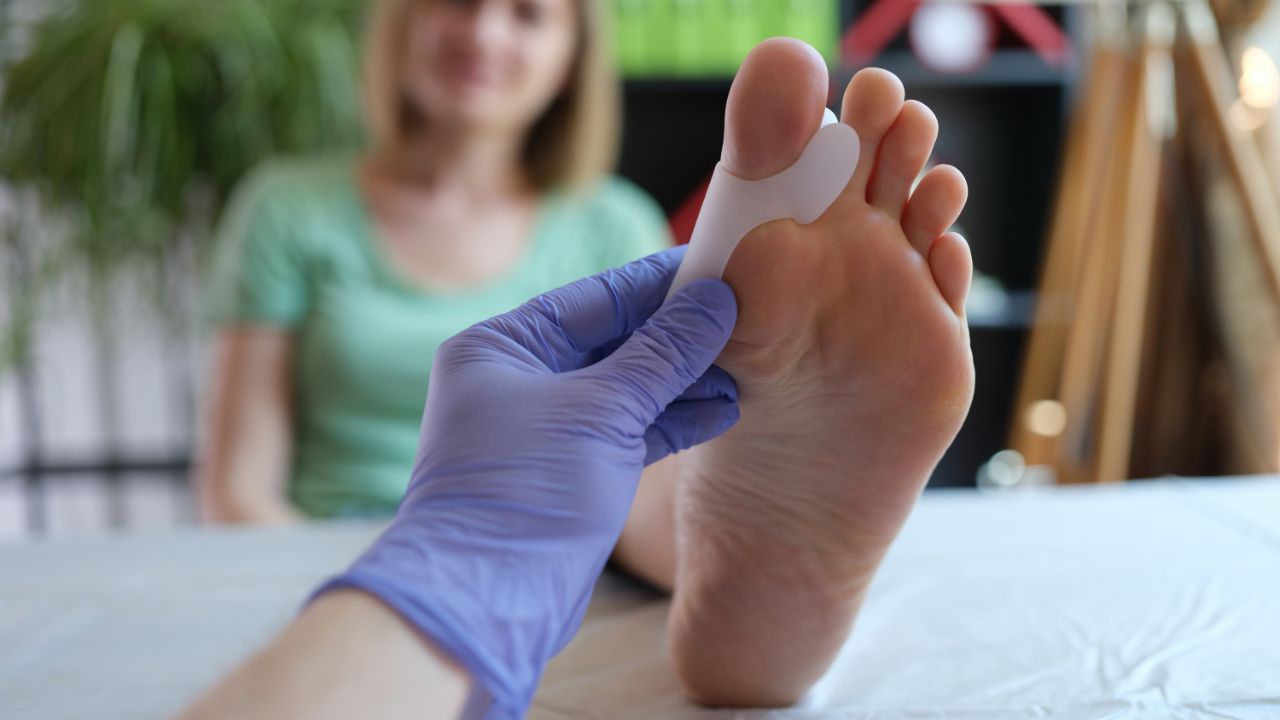Bunions, often referred to as hallux valgus, are a common foot condition that causes the big toe to angle outward, leading to a noticeable bump. Traditionally seen as a cosmetic issue, bunions can lead to serious health problems if left untreated. That’s why it’s important to understand what they are, when to seek medical help, and what options are available for the prevention and treatment of bunions.
Preventing Bunions: The First Step in Treatment
Preventing bunions is one of the most important steps you can take to avoid discomfort and complications associated with this condition. While some factors, such as genetics, are beyond our control, there are actions we can take to reduce the risk. Maintaining a healthy weight, wearing proper footwear, and performing regular foot exercises are just a few strategies that can support the prevention and treatment of bunions.
Early Signs and Symptoms of Bunions
The earliest sign is usually the visible deformity of the big toe starting to lean outward. Other common symptoms include pain, redness, swelling, or difficulty walking. If you notice any of these issues, it’s important to consult a doctor who can assist with the prevention and treatment of bunions.
Treating Bunions: What You Need to Know
Bunion treatment can include both non-surgical and surgical options, depending on the severity and progression of the condition. Initial treatment may involve lifestyle changes such as wearing comfortable shoes, maintaining a healthy weight, and doing exercises to strengthen the foot and improve range of motion. Prescription medications may also be used to manage pain and inflammation. In more advanced cases, surgery may be necessary to correct the deformity. All these options can be discussed with a specialist in the prevention and treatment of bunions.
Conclusion: The Key to Successful Bunion Treatment
The key to effectively treating bunions is early intervention. It’s crucial to understand the symptoms and risk factors, and to take proactive steps toward prevention. No matter which treatment option is right for you, it’s important to remember that both prevention and treatment require time and commitment. When your foot health is a priority, living an active and pain-free life is possible—with the right prevention and treatment of bunions.

